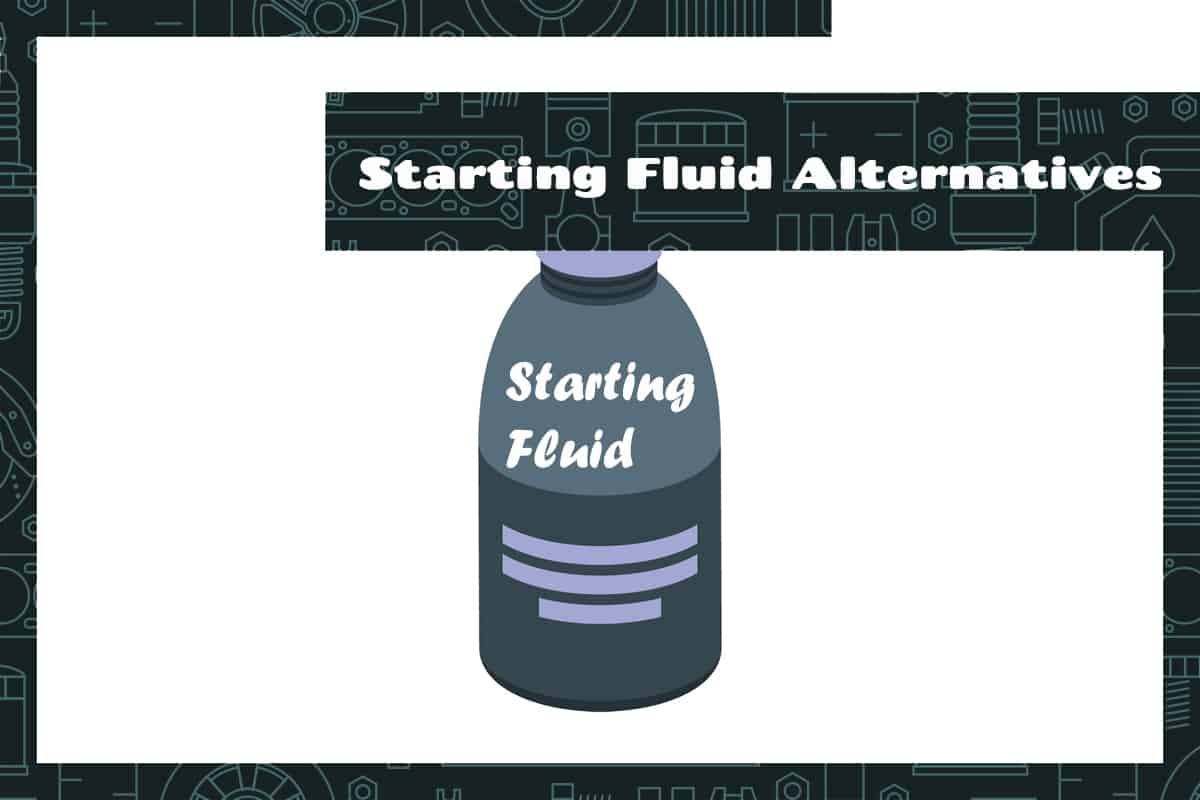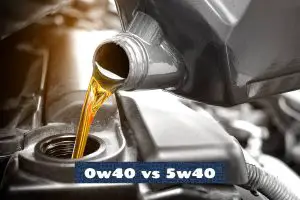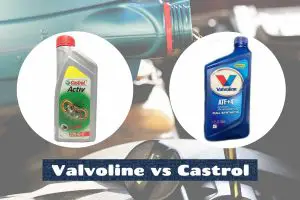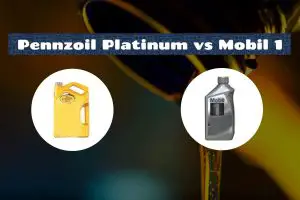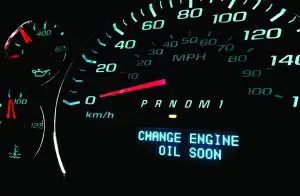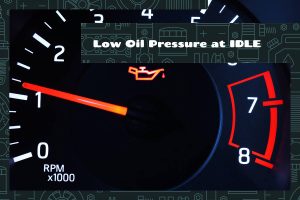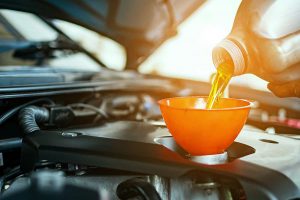Starting fluid is a common aid used to ignite engines. It’s sprayed into the engine’s air intake to help the engine start. While effective, it may carry risks such as engine damage or harmful chemical exposure. So, what alternatives are there to starting fluid?
Instead of using starting fluid, you can try using:
- Commercial aerosolized solutions (e.g., carburetor cleaner)
- DIY aerosolized mixtures
- Mechanical methods like push starting
- Electronic solutions like portable jump starters and battery maintainers
This article will explore the various alternatives to starting fluid in greater detail. There’s quite a bit to learn about this subject, so buckle up!
What Is Starting Fluid?
Starting fluid, also referred to as engine starter or engine starting spray, is a solution used to aid in starting internal combustion engines. Its main ingredient is usually ether, combined with other volatile compounds that assist in ignition. It’s popular among car owners because it helps engines start in challenging situations.
Components of Starting Fluid
Starting fluid mainly consists of ether, hydrocarbons, and alcohol or additives. These elements combine to form a highly combustible mixture:
- Ether (Diethyl Ether): This is the primary ingredient in most starting fluids, making up to 80% of the content. Diethyl ether is highly volatile and ignites easily, providing the instant ignition required to start a cold engine.
- Hydrocarbons: These are typically found in starting fluid as well, serving as propellants. They help in the atomization of the fluid, allowing it to mix with the air-fuel mixture in the engine efficiently.
- Alcohol: Alcohol can be added to decrease the freezing point of the mixture and assist in cold weather starts. It also helps in breaking down the thick oil during cold conditions, facilitating smoother ignition.
- Additives: Some starting fluids contain additional corrosion inhibitors and upper cylinder lubricants to minimize the wear and tear on the engine parts.
- Carbon Dioxide: This is used as a propellant in some starting fluid products to ensure that the product is sprayed evenly into the engine.
Potential Risks and Drawbacks
Starting fluid, while effective for engine starting, comes with potential risks and drawbacks properly:
The main component, diethyl ether, is highly combustible, and its use can lead to pre-ignition or “knocking.” This may cause severe engine damage, particularly in gasoline engines, where spark plugs ignite the mixture prematurely.
In diesel engines equipped with glow plugs, the use of starting fluid can cause glow plug tips to burn off or even lead to catastrophic failure of the glow plugs themselves.
The chemicals in starting fluid can be hazardous to humans if inhaled or ingested. Proper storage, usage, and handling are essential to minimize these risks.
Prolonged use of starting fluid may affect oxygen sensors and catalytic converters in modern engines, which may lead to performance issues and possible costly repairs.
Alternatives to Starting Fluid
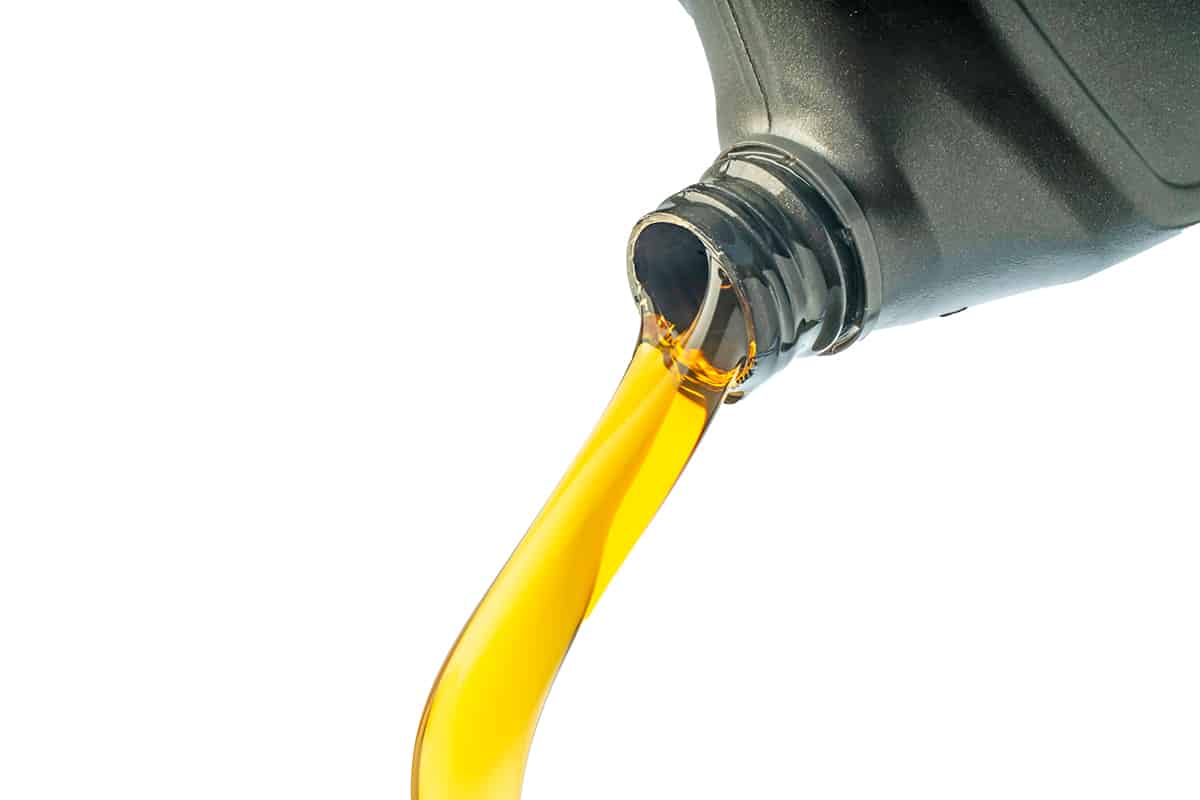
Starting fluid has been a popular tool for igniting engines, particularly during cold weather or when dealing with older vehicles. However, continuous use can lead to engine damage and other concerns. This has led to the search for alternatives that can be more engine-friendly and sustainable.
1. Aerosolized Solutions
These are substances that are sprayed into the engine, similar to starting fluid but with different ingredients that are considered safer.
- Carburetor Cleaner: If you have a bottle of carburetor cleaner lying around, you can try using it as a makeshift starting fluid. However, not all carburetor cleaners are flammable—an important aspect of starting fluid. In addition, it may leave a thick residue on your engine, which is a pain to clean up.
- WD-40: While WD-40 was originally designed as a lubricant and rust remover, it can be used as a starting fluid in limited situations. One benefit of WD-40 is that it will not as thick a filmy residue on your car’s engine. The downside is that excessive use will leave a buildup over time.
- DIY Alternatives: For those interested in a hands-on approach, create a DIY starting fluid mixture. For diesel engines, a mixture of diesel fuel and motor oil can be used. A common ratio is 1 part oil to 1 part diesel fuel. Make sure to use the oil recommended for your engine type. For gasoline engines, some mechanics may choose to use carburetor cleaner or brake cleaner as a quick substitute. These substances can ignite similarly to starting fluid but should be used very sparingly.
2. Mechanical Methods
If you don’t feel like introducing foreign substances into your car’s engine, you can try mechanical methods of jump-starting your vehicle. Please note that these methods may not always work, especially when the main culprit behind your engine woes is extreme cold.
- Push Starting: For manual transmission cars, push starting can be an effective way to start the engine. By pushing the car to a minimal speed and engaging the clutch, the engine may start without the need for starting fluid.
- Jump Starting: Using jumper cables to connect a dead or low battery to a fully charged one from another vehicle or a standalone battery pack can provide enough power to start the engine.
3. Electronic Solutions
You can try to implement electronic solutions that don’t require much physical energy.
- Portable Jump Starters: These compact devices can be stored in the car and used to jump-start the engine without needing another vehicle. They are available in various capacities to suit different engine sizes.
- Battery Maintainers: These devices keep the car’s battery at an optimal charge level, especially during periods of non-use, ensuring that the engine can start smoothly without requiring starting fluid.
When to Use Starting Fluid Alternatives
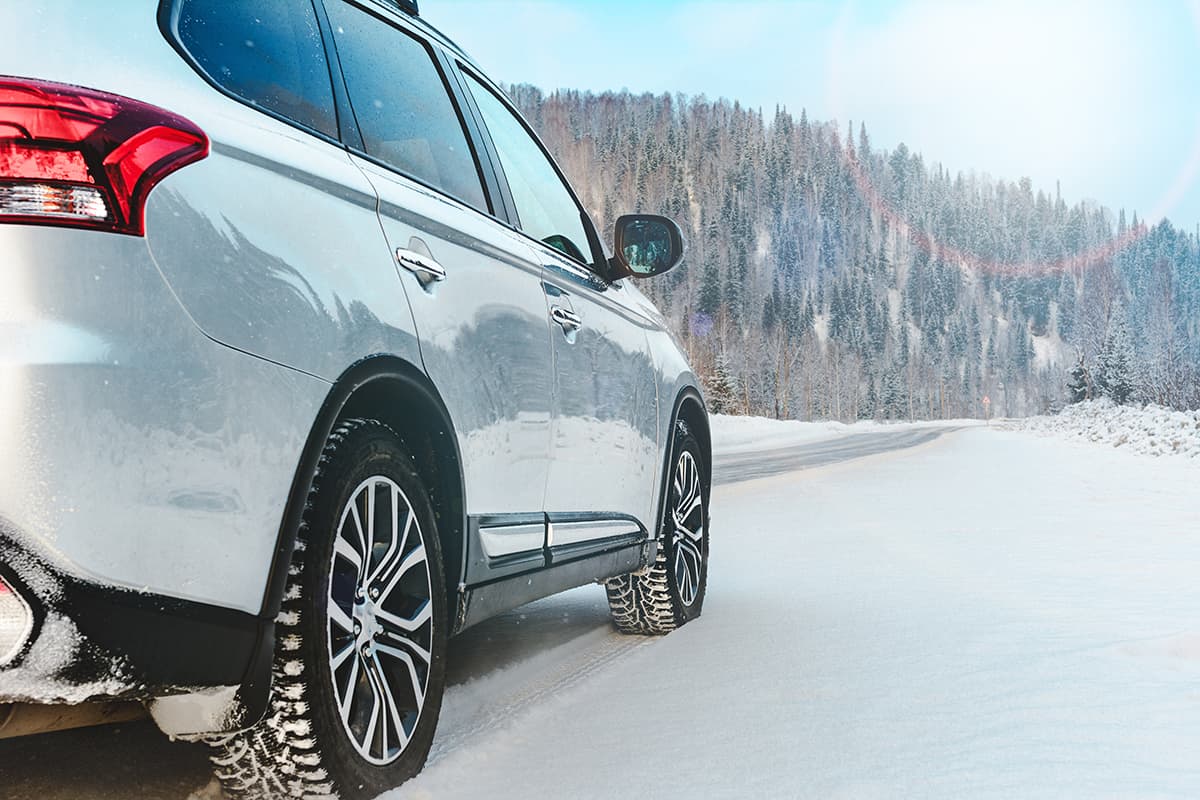
Traditional starting fluid, primarily containing diethyl ether, is known for its instant ignition capabilities. But it also comes with risks, such as engine damage and hazardous chemicals. This underlines the necessity for alternatives, especially in situations where these risks are higher.
- Engine Sensitivity: Older engines or those that haven’t been maintained may be more susceptible to damage from traditional starting fluid.
- Environmental Concerns: The chemicals in traditional starting fluids may pose risks to the environment.
During Cold Weather
Cold weather can make starting the engine more challenging, and alternatives to starting fluid, such as aerosolized solutions and battery maintainers, can be especially beneficial.
Aerosolized solutions designed specifically for cold weather can help ignite the engine without the harsh effects of traditional starting fluid. Battery maintainers are another effective tool, as they keep the battery at an optimal charge, even in cold temperatures. This ensures that the engine has enough power to overcome the additional resistance caused by the cold.
These alternatives not only aid in cold weather starts but also minimize potential risks to the engine, making them a wise choice for those winter months.
For Specific Engine Types
Different engines may respond better to specific alternatives.
- Diesel Engines: Using a glow plug or block heater instead of starting fluid can prevent damage.
- Gasoline Engines: A push start or jump-start might be more appropriate for gasoline engines.
- Two-Stroke Engines: Specific commercial alternatives or DIY mixtures can be designed for two-stroke engines.
For Regular Maintenance or Long-Term Storage
If a vehicle is stored for long periods or needs regular maintenance, some alternatives can prevent starting issues. The best alternatives in this situation are fuel stabilizers and battery maintainers.
FAQs
1. How do I choose the best alternative for my car’s make and model?
Choosing the best alternative depends on your car’s specific needs, such as the type of engine, age, weather conditions, and personal preferences.
- For Newer Cars: Consult the manufacturer’s manual to understand if there are any recommended alternatives or restrictions.
- For Older Cars or Manual Transmissions: Mechanical methods like push starting might be suitable.
- Weather Conditions: Consider electronic solutions or specialized commercial alternatives if you live in an area with extreme cold, where starting can be challenging.
2. Are there any long-term effects of using starting fluid alternatives?
Starting fluid alternatives are generally designed to be less harmful to the engine, but they may have some effects depending on their use:
- Commercial Alternatives: These are typically formulated to be gentler on engines but should still be used according to instructions.
- DIY Mixtures: While potentially safer than traditional starting fluid, improper ratios or ingredients can still cause issues.
- Mechanical Methods: Repeated push start might lead to wear and tear on the clutch or other components.
Electronic Solutions: These should not have long-term effects on the vehicle if used properly, but incorrect use might damage the electrical system.
3. What are the best practices when using electronic starting aids?
Electronic starting aids, such as portable jump starters and battery maintainers, offer convenient alternatives but should be used with care:
Always follow the manufacturer’s guidelines for the specific device. Ensure the electronic aid is suitable for your vehicle’s engine size and type. Some electronic devices may not be compatible with certain vehicle systems, so consult the vehicle manual or a professional if unsure. Ensure all connections are secure and correctly positioned to prevent short circuits.
Keep electronic aids in a safe place in the vehicle, protected from extreme temperatures and potential damage. If unsure about using an electronic starting aid, seek assistance from a qualified automotive professional.
